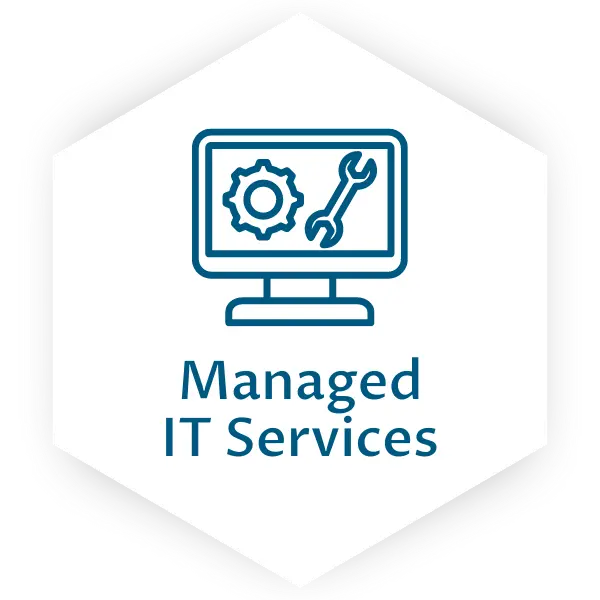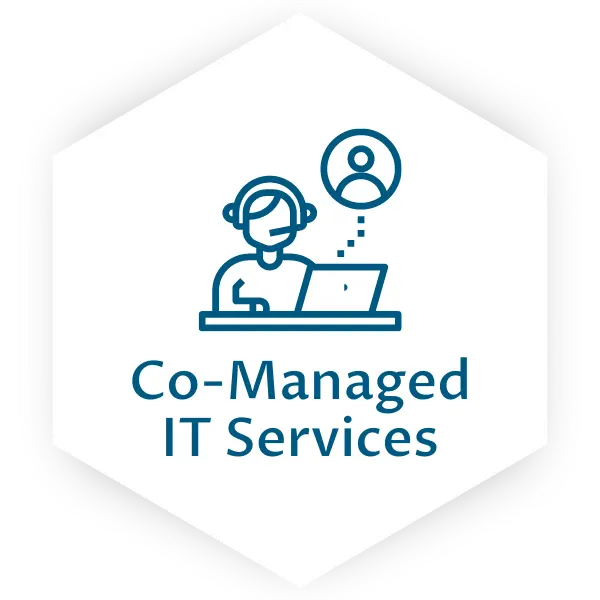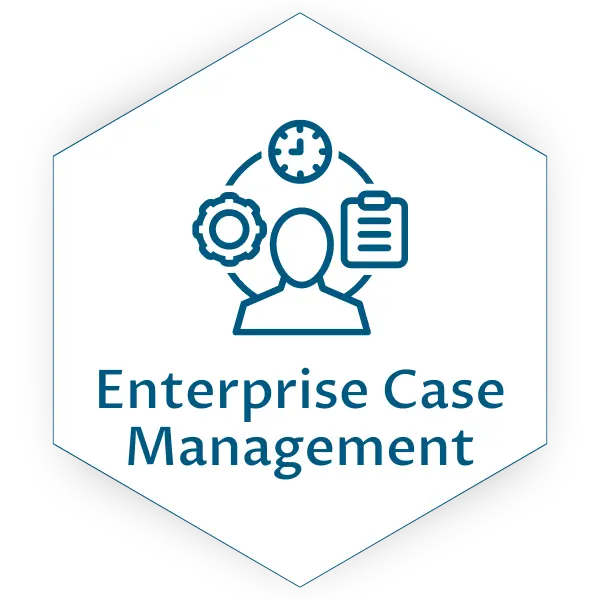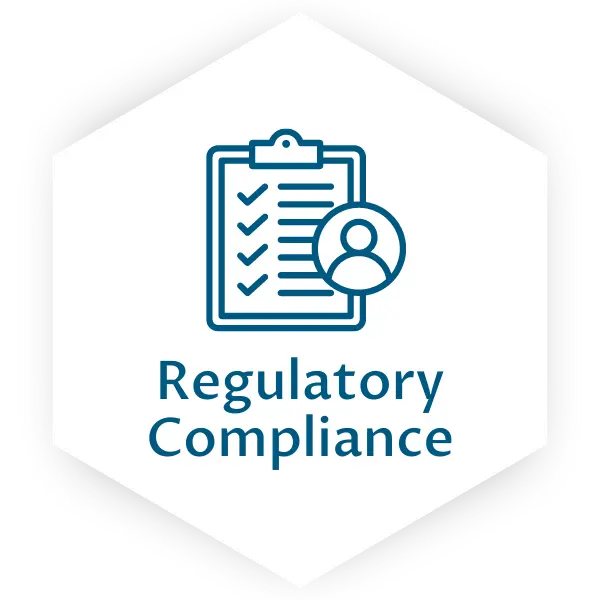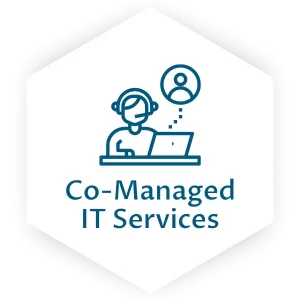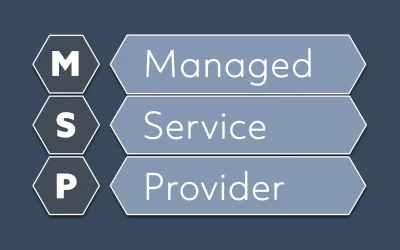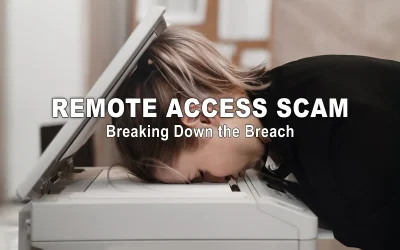Balancing Cost & Capability in IT
Cutting corners on IT can be risky, but overinvesting can drain your resources. Our experts can help you find the right balance.
Seasoned IT Problem Solvers
Embrace reliable IT solutions driven by proven processes and seasoned professionals. WingSwept’s employee-owned structure promotes commitment, providing an experienced team to address your IT needs.
Tailored Solutions for Every Industry
Cybersecurity at the Core
Cybersecurity isn’t just a priority—it’s ingrained in everything we do. Our team of certified experts specializes in safeguarding your business from ever-evolving threats. Whether it’s implementing industry-leading security best practices, responding to suspected compromises, or enhancing email security, we address all your cybersecurity concerns with proven solutions.

YEARS in business
years of Customer Tenure
Google Rating
Google Reviews
Start A Conversation Today
Begin the journey to improve your IT infrastructure today. Complete the form below to initiate a low-pressure, educational conversation. Our team is ready to offer guidance and expertise. Should we not align with your needs, we’re happy to suggest alternative solutions.
Stay Informed, Stay Secure
Bank Impersonation Scam: Breaking Down The Breach
Cybercriminals do not always rely on advanced tools or technical exploits. In many cases, the most effective attacks are the simplest, targeting people rather than...
Is an MSP Right for Your Business? Let’s Break It Down
Managing IT in today’s fast-paced environment is no walk in the park. From constant security threats to the challenge of scaling, IT can quickly become overwhelming for...
Remote Access Scam Exposes Company Network: Breaking Down The Breach
Welcome to another edition of our Breaking Down the Breach series. In this case study, we explore how a remote employee—by simply trying to fix a home printer—twice...

